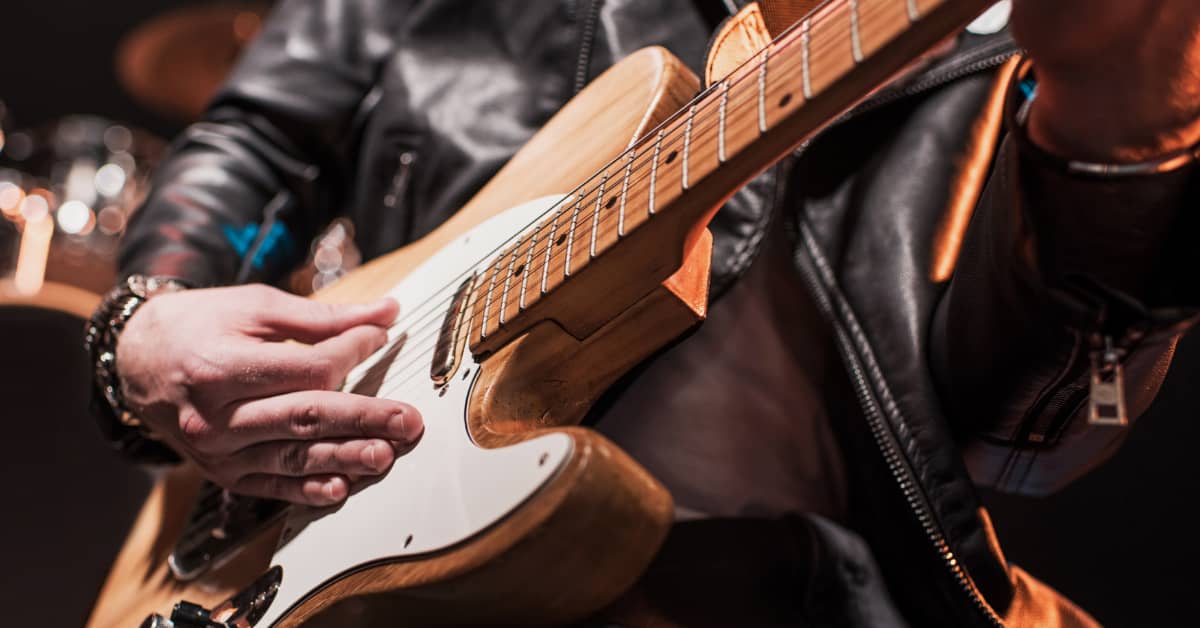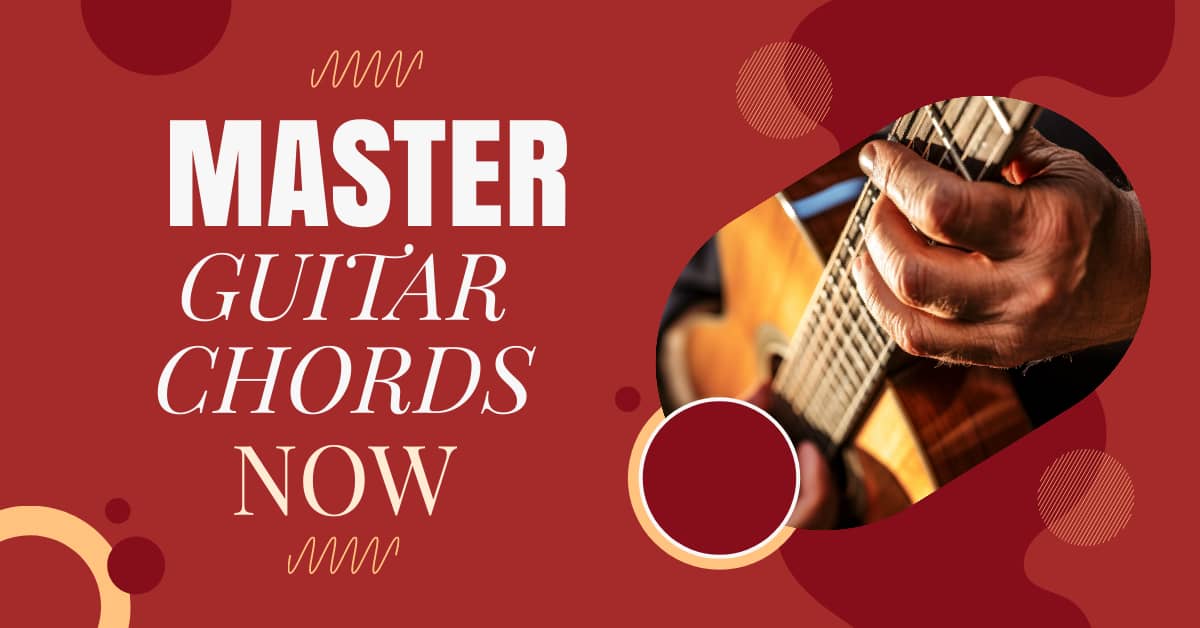Unlocking Guitar Speed: The Art of Alternate Picking

Alternate picking and economy picking are two fundamental picking techniques that every guitarist should explore.
Each method offers distinct advantages and can be applied to various musical styles and situations.
In this comprehensive guide, I'll delve into the knowledge, understanding, and practical skills required to master these essential guitar techniques.
Understanding Alternate Picking
What is alternate picking?
Alternate picking is a technique in which the guitarist uses alternating downstrokes and upstrokes to play notes or chords, advancing speed, precision, and consistency.
Benefits of alternate picking
This technique allows for greater speed and control when playing single-note lines, arpeggios, and scales, and helps maintain a consistent and fluid picking motion.
Mastering Alternate Picking
Start with a simple exercise - Begin practicing alternate picking with a straightforward exercise, such as playing a single note or an open string, focusing on alternating between downstrokes and upstrokes
KID'S GUITAR PLAYBOOK
CLICK PIC BELOW
Maintain a relaxed grip
Keep a relaxed grip on your pick, ensuring it's not too tight or too loose, allowing for smooth and controlled picking motion.
Use a metronome
Practice with a metronome to develop consistent timing and rhythm, gradually increasing the tempo as you become more comfortable with the technique.
Apply alternate picking to scales and songs
Once you're comfortable with the basic alternate picking motion, practice applying the technique to scales, arpeggios, and songs to further develop your skills.
Understanding Economy Picking
What is economy picking?
Economy picking is a technique that combines alternate picking with sweep picking, using continuous downstrokes or upstrokes when changing strings to minimise pick movement and increase playing efficiency.
Benefits of economy picking
Economy picking allows for greater speed and fluidity when playing across multiple strings, particularly in scale patterns and arpeggios, and can reduce fatigue during extended playing sessions.
Mastering Economy Picking
tart with a basic exercise - Begin practicing economy picking with a simple exercise, such as playing a three-note-per-string scale pattern, focusing on using continuous downstrokes or upstrokes when changing strings.
Maintain a relaxed grip
As with alternate picking, it's essential to maintain a relaxed grip on your pick to ensure smooth and controlled picking motion.
Practice string changes
Work on string changes with economy picking, ensuring a fluid and efficient motion when transitioning between downstrokes and upstrokes.
Apply economy picking to scales and songs
Practice applying economy picking to various scale patterns, arpeggios, and songs to further develop your skills and incorporate the technique into your playing.
Choosing Between Alternate Picking and Economy Picking

Personal preference
Some guitarists prefer the consistency and rhythmic emphasis of alternate picking, while others enjoy the speed and efficiency of economy picking.
Experiment with both techniques to determine which works best for you.
Musical context
The choice between alternate picking and economy picking can depend on the musical context, such as the speed, style, or complexity of the passage being played.
Developing versatility
It's essential to be proficient in both alternate picking and economy picking, as each technique offers unique advantages and can be useful in various musical situations.
Stay inspired
Listen to your favourite musicians, attend concerts, or collaborate with other guitarists to maintain inspiration and motivation.
Enjoy the process
Embrace the joy of learning and playing the guitar while keeping in mind that skill development requires dedication and time.
Cultivating effective practice habits is vital for every guitarist, as it leads to enhanced abilities, quicker advancement, and a more enjoyable playing journey.
By applying SMART objectives, crafting a well-structured practice regimen, staying committed and motivated, and harmonizing challenge with enjoyment, you'll nurture productive practice routines that will elevate your guitar playing to new levels.
Persist in your efforts, stay inspired, and savor the experience of mastering alternate picking!
Need help with your Guitar Playing
I offer Live, online Guitar lesson! For more details CLICK HERE
Your Guitar Alternate Picking questions answered
What is alternate picking on guitar?
Alternate picking on guitar is a fundamental technique used to pluck or strike the strings in a consistent and efficient manner.
It involves alternating between downstrokes (picking the string in a downward motion) and upstrokes (picking the string in an upward motion) with your picking hand.
This technique is crucial for achieving speed, precision, and control when playing melodies, scales, and fast-paced guitar parts.
Alternate picking is widely used across various music genres, from rock and metal to jazz and blues, and is an essential skill for any guitarist looking to enhance their playing abilities.
What is the point of alternate picking?
The primary purpose of alternate picking on the guitar is to achieve greater speed, accuracy, and control in playing.
By alternating between downstrokes and upstrokes, this technique ensures that each note is articulated cleanly and distinctly, regardless of tempo.
It enhances precision, minimises the risk of missed or muted notes, provides dynamic control, reduces muscle fatigue, and offers versatility across various music genres.
Is alternate picking easier?
Whether alternate picking is easier or not depends on the guitarist's familiarity with the technique and the specific context of their playing.
Alternate picking can be initially challenging to master, especially if they are transitioning from a different picking style.
However, with consistent practice and proper technique, many guitarists find alternate picking to be a more efficient and versatile method for playing complex and fast passages.
Is Downpicking harder than alternate picking?
Downpicking is often considered more physically demanding and potentially harder than alternate picking, especially when playing fast and continuous passages.
When you exclusively downpick, you're consistently moving your pick in one direction (downward), which can lead to quicker muscle fatigue and strain.
Alternate picking, on the other hand, distributes the workload more evenly between downstrokes and upstrokes, which can make it feel less physically demanding, especially at higher speeds.




